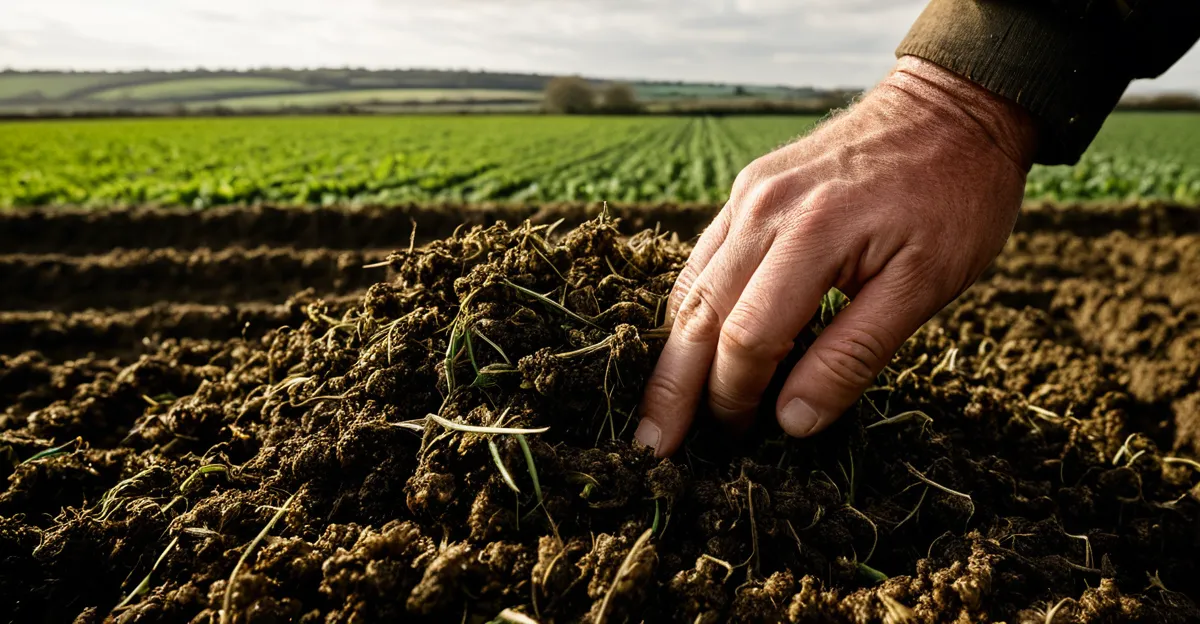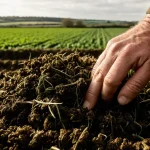Climate Change Impacts on UK Crop Yields and Planting Seasons
Climate change effects on crops UK are increasingly evident through shifting temperatures and altered rainfall patterns. These changes directly modify the crop yield UK by influencing the timing of planting and harvesting. For instance, warmer springs may lead to earlier sowing, while erratic rainfall disrupts growth phases, especially for staples like wheat, barley, oilseed rape, and potatoes.
The changing growing season UK is no longer predictable with traditional calendars. Studies highlight that extreme weather events, such as late frosts or summer droughts, have caused notable fluctuations in yields. Wheat and barley, critical for UK food security, have experienced both reductions and sporadic gains due to these weather variations.
Also read : How is the NHS managing healthcare challenges?
Data collected over the past decade show that drought periods particularly reduce tuber size in potatoes and can lower oilseed rape yields due to flower drop. Contrastingly, longer growing seasons might extend the opportunity to grow multiple crops, but the increased variability imposes risk. Understanding these detailed climate change effects on crops UK aids farmers in adjusting planting dates and selecting resilient varieties, essential for sustaining productivity in a volatile climate.
Livestock Production and Changing Conditions
Climate change livestock UK faces growing challenges, particularly through heat stress on animals UK. Rising temperatures directly affect animal welfare, reducing productivity by lowering feed intake, fertility, and growth rates. For example, dairy cows subjected to heat stress often produce less milk, impacting overall farm output. This makes managing livestock wellbeing under warmer conditions crucial.
This might interest you : How Are UK News Outlets Shaping Public Opinion Today?
Additionally, forage quality and availability decline due to altered rainfall patterns and increased drought severity, complicating feed resources for livestock farming adaptation. In dry spells, pastures produce less biomass and nutritional value, requiring farmers to seek alternative feed or supplements. This strain on feed continuity threatens both animal health and the economics of livestock production.
To counter these effects, farmers implement various livestock farming adaptation strategies. Providing shade and cooling systems reduces heat exposure. Efficient water management ensures animals remain hydrated through hotter periods. Breed selection is another effective approach, favoring heat-tolerant species that better withstand UK climate changes.
These combined efforts aim at preserving productivity and animal welfare amid evolving climate risks, underscoring the necessity for proactive adaptation in UK livestock farming.





